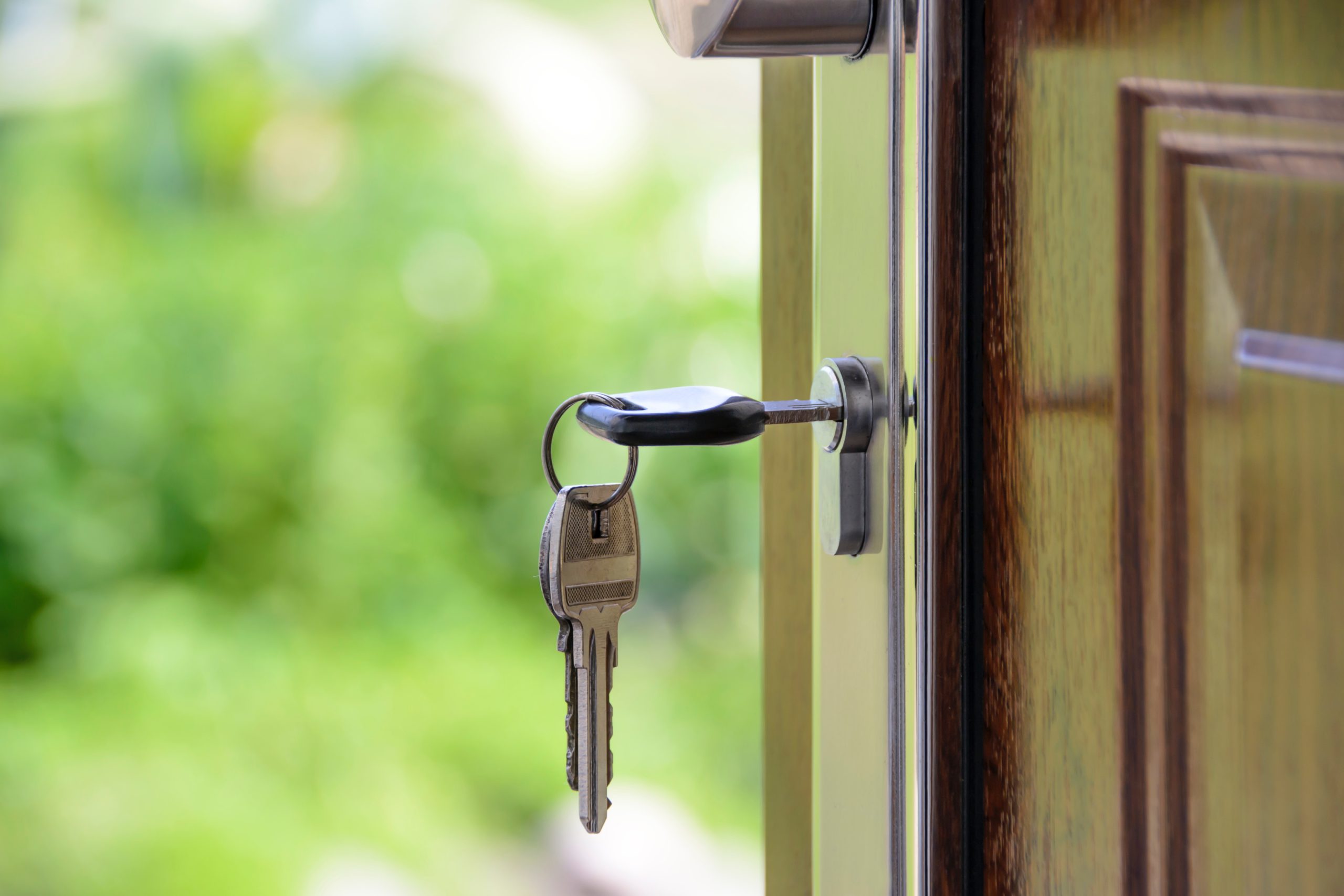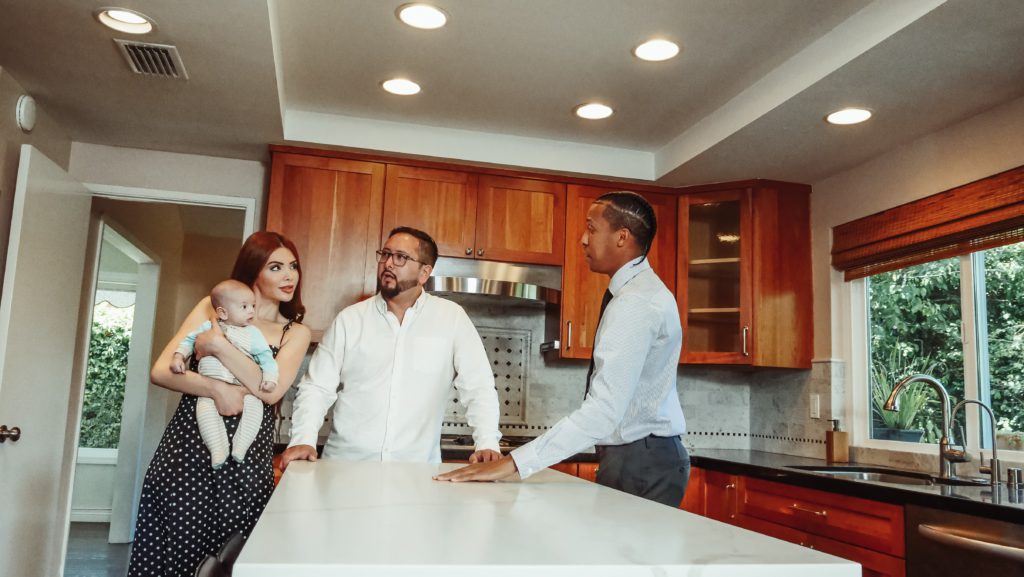
This article is about whether it is a good time to refinance your mortgage, and offers some advice on what to consider if you are considering this option. It is generally a good idea to refinance if you can reduce your interest rate by at least 0.75 percentage points, but rates may stay low for the next year or longer, so it’s important to stay tuned. Most homeowners have the option to refinance their existing mortgage and lower their mortgage rate, which could save them a lot of money in the long run. Mortgage interest rates have been at historically low levels over the past few years, so there is a strong possibility that most homeowners could benefit from refinancing and paying less money on their home loan. On the other hand, if you plan to move soon, it might be best to keep your existing mortgage and avoid refinancing costs.
Is it a good time to refinance? Many homeowners are considering a mortgage refinance in order to save on their monthly mortgage payments and create a better financial situation. Low mortgage rates have been offered to many homeowners, allowing them to pay off their loan balance faster with lower interest rates. With current interest rates at least 0.5 % lower than what many homeowners are paying now, there are huge savings that can be made by accepting a new lower interest rate. Taking advantage of the current market and securing your home’s loan balance with a lower interest rate could save you money for the rest of your life. Homeowners should take this opportunity to save money and secure their home before current interest rates rise again.
When considering a mortgage refinance, it is important to determine if it is the right decision for you. If your current mortgage interest rate is higher than at least 0.75%, then it may be beneficial to refinance your $300,000 balance into a new 30-year loan. If the interest rate for your new loan is at least 0.50% lower than your current loan, then it makes sense to refinance and decrease your monthly payments. For example, if you have a 6.48% interest rate on your current loan, and you qualify for a 5.98% new loan, it definitely makes sense to refinance and reduce the rate on your existing mortgage balance.

Refinancing could potentially reset your adjustable rate mortgage and improve your commercial finance. Mortgage rates are low right now, making it a great time to refinance and reduce your monthly payments. Switching to a 15-year fixed rate mortgage will also lower the interest rate on your loan, but it also means taking on a shorter term loan and higher monthly payments. When you’re nearing the time to refinance mortgage, it’s important to consider how much money refinancing can save over the life of your loan. You should also look at what option is best for you: do you want a lower interest rate or shorter term? It is possible that refinancing could save you thousands of dollars over the life of your loan by reducing the total amount of payments that you make.
Mortgage experts advise homeowners that it could be a smart financial move to refinance if you can reduce your current interest rate by 0.75 percentage points or more. For example, if you have a 6.75% mortgage rate, refinancing could reduce your monthly mortgage payment significantly if you can get a lower rate. Experts advise homeowners to explore their options and make sure they know all the details before they commit to refinancing their home loan. Now may be the perfect chance for you to refinance your mortgage and start saving money each month on your home loan payments.
Refinancing is a process that helps mortgage borrowers pay off their loans faster and with a lower monthly payment. A mortgage analytics company called Black Knight recently reported that about 385,000 U.S. homeowners could save money each month by refinancing their mortgages and lowering their rate. On average, borrowers could shave several hundred dollars off their monthly payments, which would add up to thousands over the life of the loan. Additionally, they could reduce their total interest cost over the life of the loan by up to $20,000 – all thanks to refinancing. This increase in refinancing activity in July was a 19% jump from June and offers great potential savings for those looking to pay off their mortgage faster and with less expense each month.
Refinancing your 30-year loan and replacing it with a 15-year fixed rate mortgage can help you both cut your rate and tack on years faster. With a 15-year mortgage, you’ll pay less interest, as the loan is paid off in half the time, but you’ll need to afford higher monthly payments. In addition, the longer your loan term (20 or 30-year mortgage) the more interest costs you’ll be paying – primarily in interest – until later years when most of each payment will go toward principal.
Is it a good time to refinance? If you’re trying to stay on top of your mortgage interest rates and smaller monthly mortgage payments, now is an excellent time to refinance. With periodic rate adjustments, refinancing your primary mortgage means you can reduce your current rate and possibly get out of debt faster. The decreasing rates are continuing, so if you’ve been keeping an eye on the market for a while now could be the perfect time for you to take advantage of the drop. Rates have been steadily declining for six months, and some lenders are offering rates as low as 7%. Refinancing means eliminating the need to pay more than necessary next year – which could save you thousands in interest payments.
The idea of refinancing is to lower your mortgage loan payments and other high-interest debt by getting a new loan with a lower rate. By refinancing, you can extend your loan term, which may help to lower your payments. With advertised mortgage rates at their lowest in years, it might be a good time to refinance and keep more money in your pocket. The benefits of refinancing are that it can help you meet any financial goal you may have and secure a lower rate than what you currently have. It’s important to remember that the current low rate environment may not last forever; shifting rates could push homeowners back up into higher payment amounts in the future.








